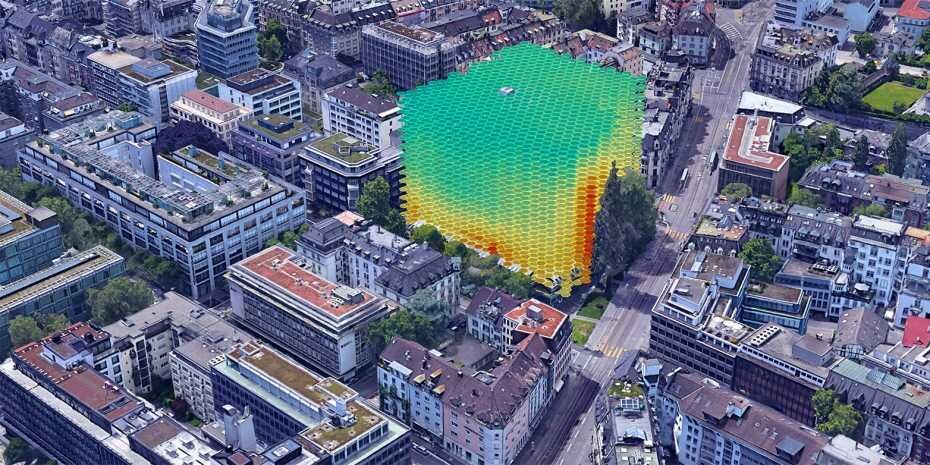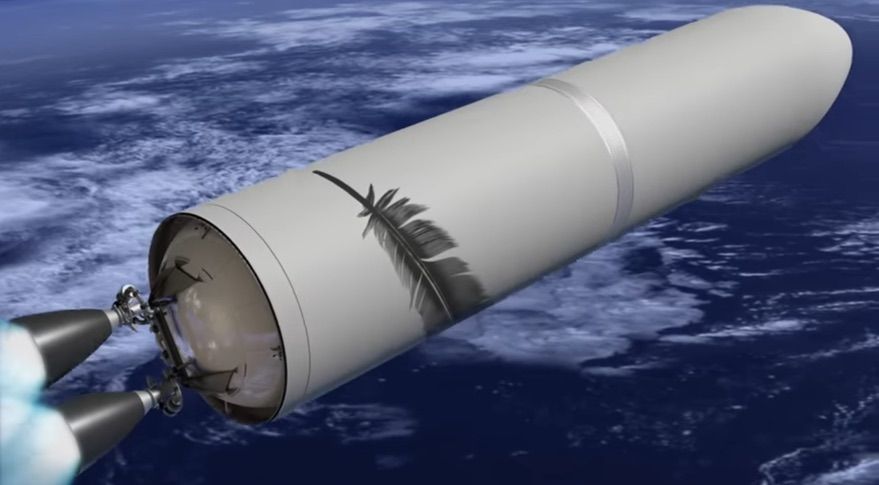ETH spin-off Archilyse promises nothing less than the “world’s most comprehensive architecture analysis” on its website. The young entrepreneurs are attracting a lot of interest in the real estate sector.
Is a four-room apartment family-friendly or more suitable for a couple? How can office space be optimally divided so that its users feel comfortable? Archilyse helps to answer these kinds of questions. Based on address information, floor plans and 3D models, the ETH spin-off’s platform delivers various simulations and analyses of a property and makes them available to project developers, architects and real estate companies via an interface.
“A young family, for example, might be interested in the soundproofing between the children’s rooms and the living room, whether you can see the play area from the living room and whether the children’s rooms are bright enough to not impair the children’s cognitive abilities,” explains Archilyse founder Matthias Standfest.




